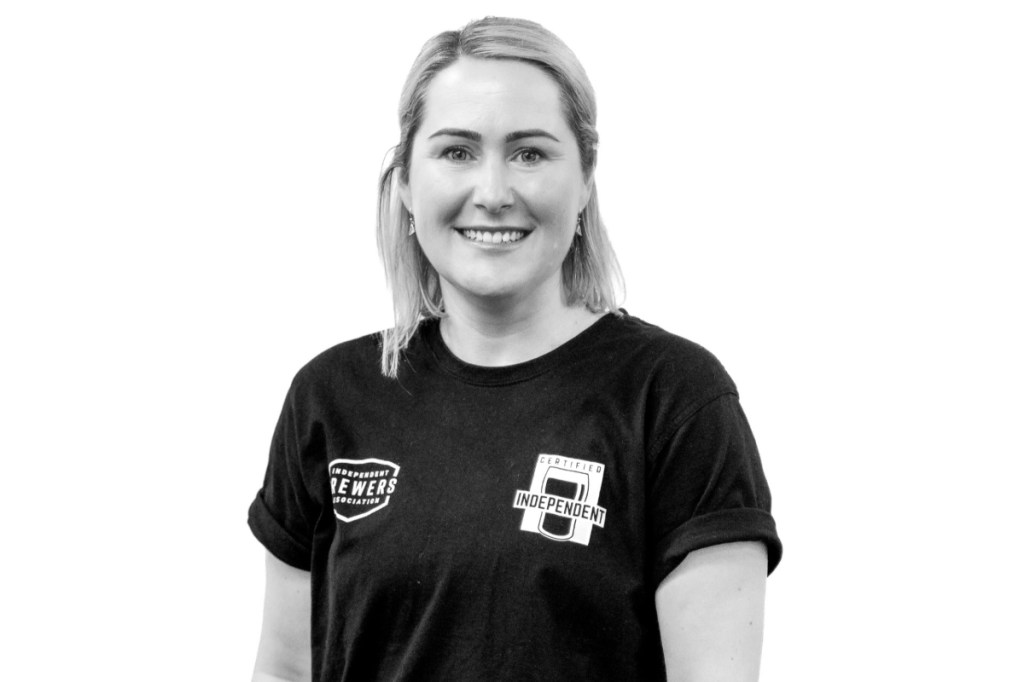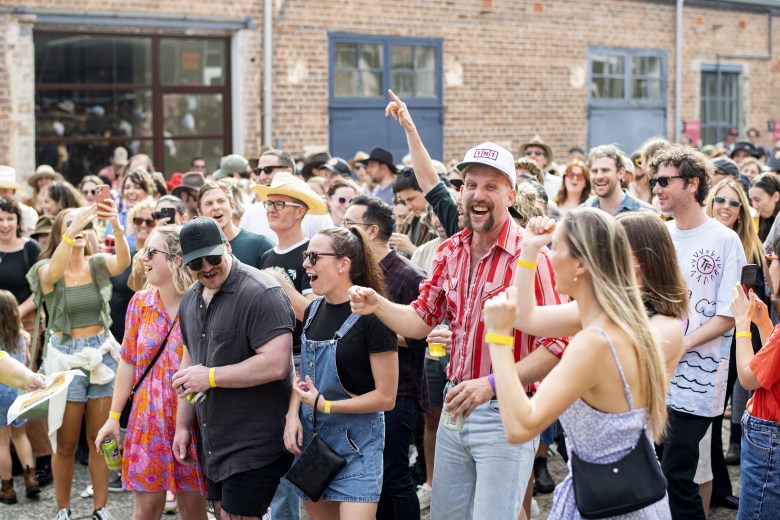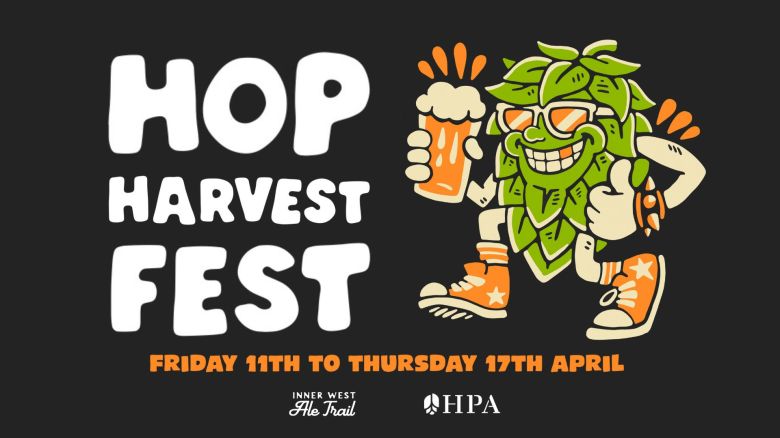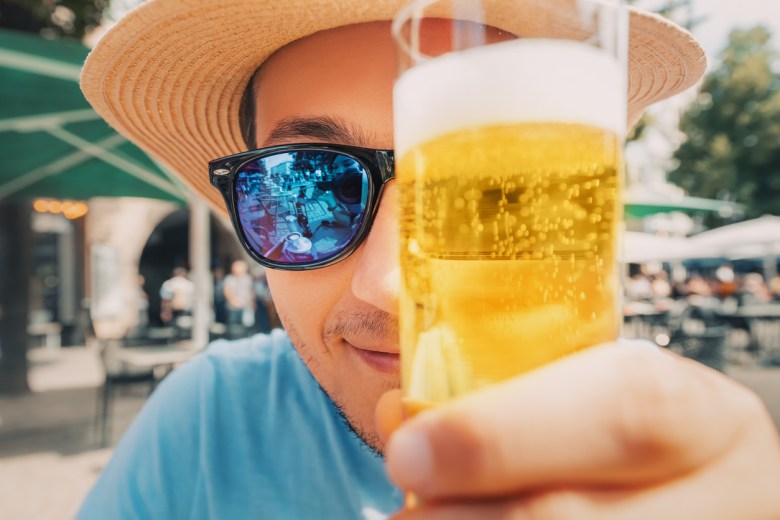Rockaway Beach, OR (October 14, 2025) — Pelican Brewing Company, the award- winning Oregon Coast brewery known for its coastal hospitality and innovative craft beers, is thrilled to announce the official opening of its newest location in beautiful Rockaway Beach, Oregon. Doors open to the public on Friday, October 17, marking the start of daily […]
The post Pelican Brewing Announces Rockaway Beach Grand Opening appeared first on The Full Pint - Craft Beer News.


 Kicking off on Saturday, the Inner West Ale Trail will celebrate the creative spirit and diverse culture of its breweries and their communities.
Kicking off on Saturday, the Inner West Ale Trail will celebrate the creative spirit and diverse culture of its breweries and their communities.  On 6 January, Mirella Amato made history by becoming the first person globally to earn beer’s two highest global certifications.
On 6 January, Mirella Amato made history by becoming the first person globally to earn beer’s two highest global certifications.  The Hop Harvest Fest is returning to the Inner West Ale Trail from 11-17 April with 11 breweries releasing exclusive new beers to their tap rooms.
The Hop Harvest Fest is returning to the Inner West Ale Trail from 11-17 April with 11 breweries releasing exclusive new beers to their tap rooms.  Close to 55,000 consumers voted in the latest GABS Hottest 100 poll, and Mountain Culture’s Status Quo Pale Ale came out on top again.
Close to 55,000 consumers voted in the latest GABS Hottest 100 poll, and Mountain Culture’s Status Quo Pale Ale came out on top again.  One of the classic styles, and one of the most fabulous beers steeped in history, Kölsch is often underrated and overlooked.
One of the classic styles, and one of the most fabulous beers steeped in history, Kölsch is often underrated and overlooked.